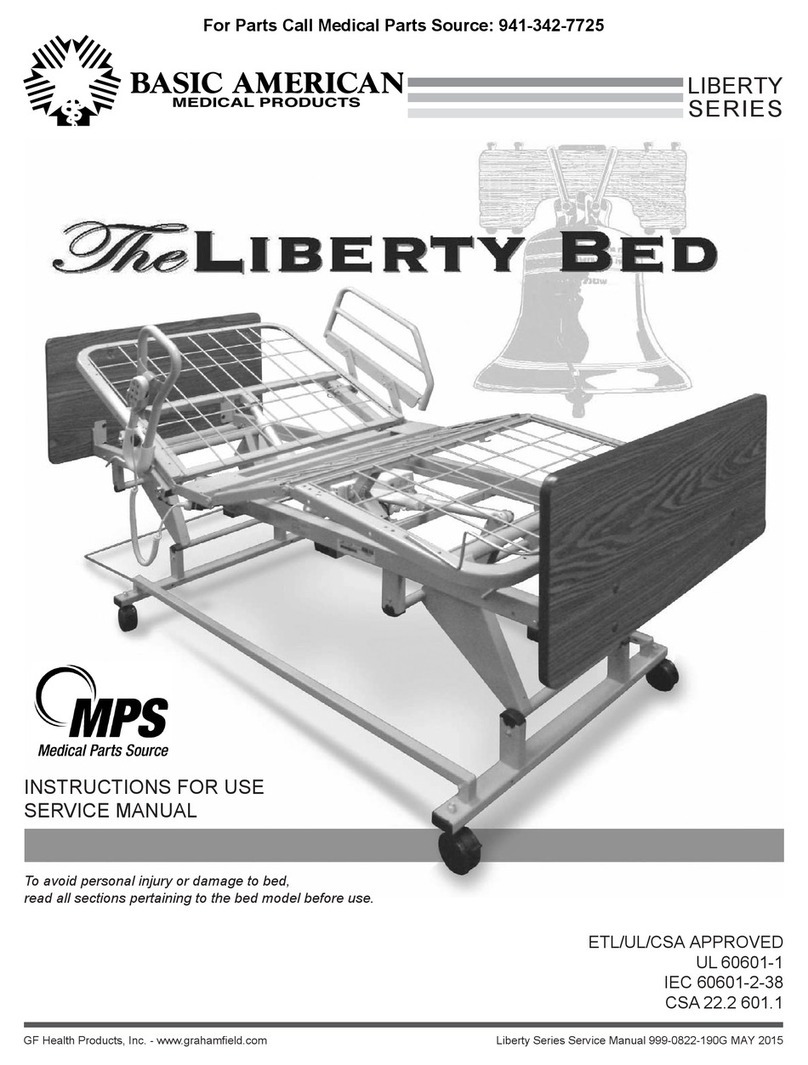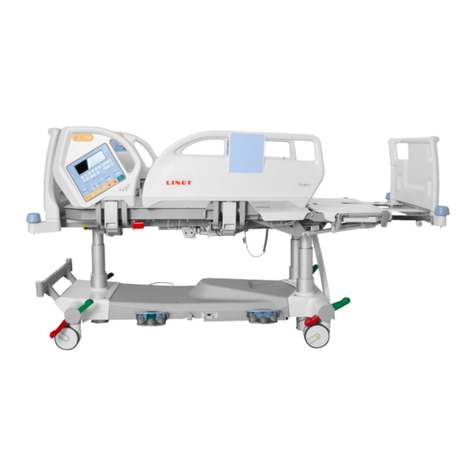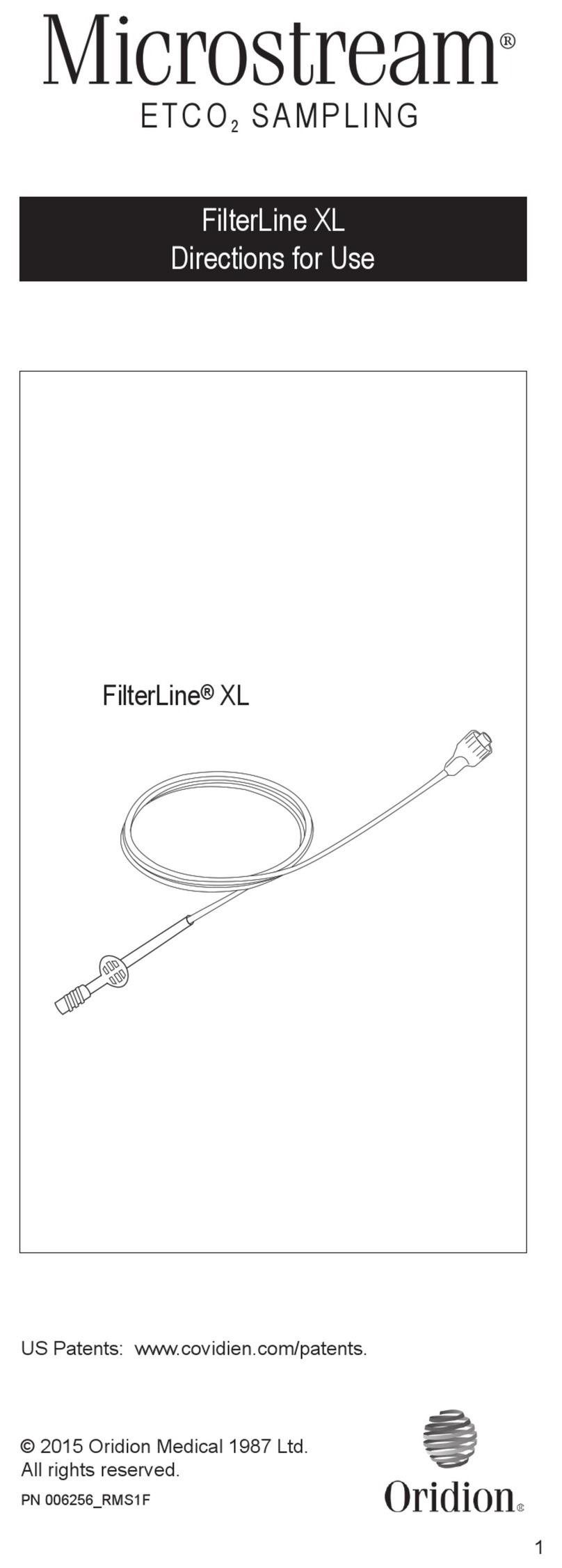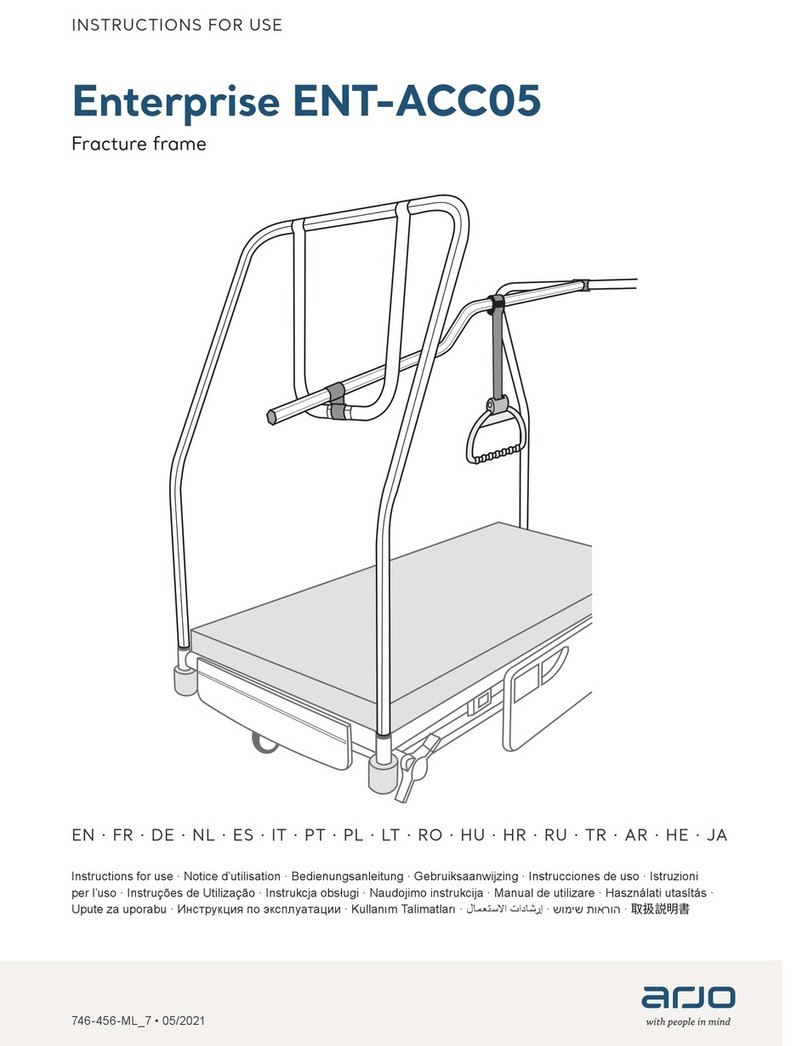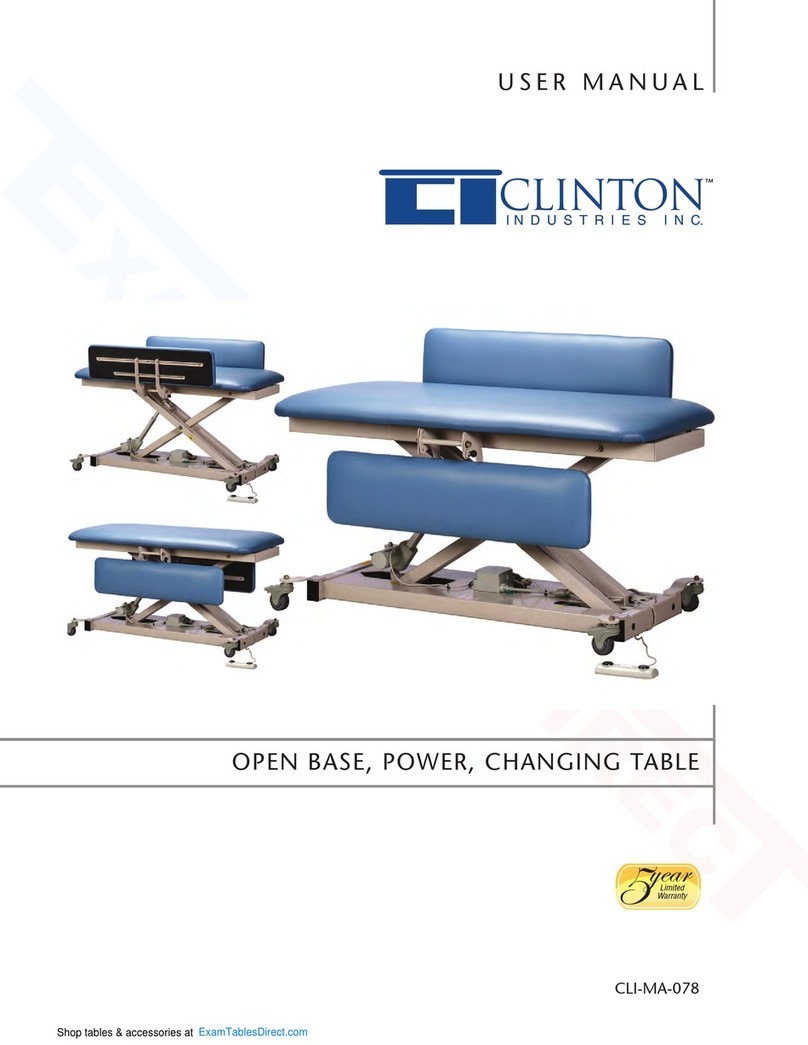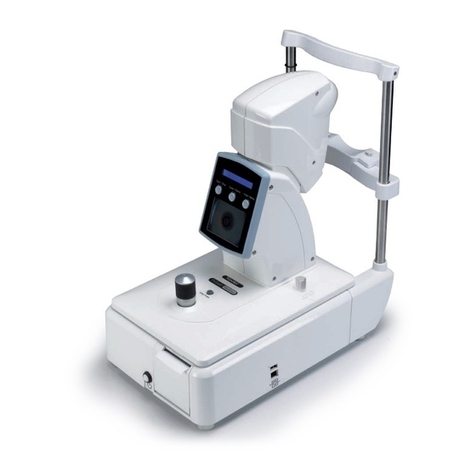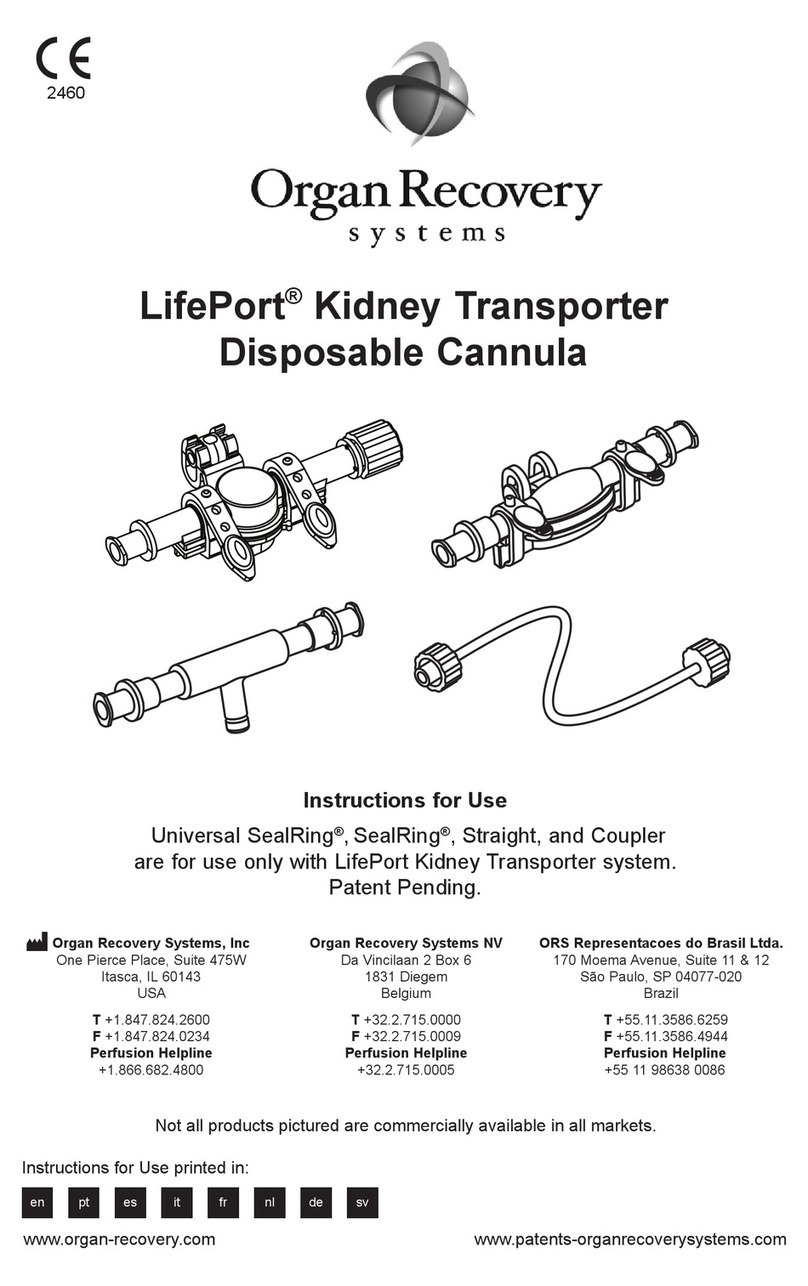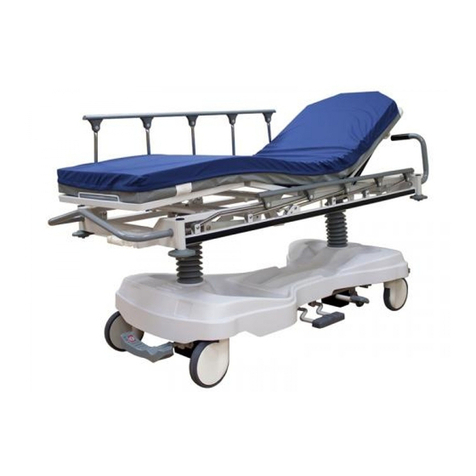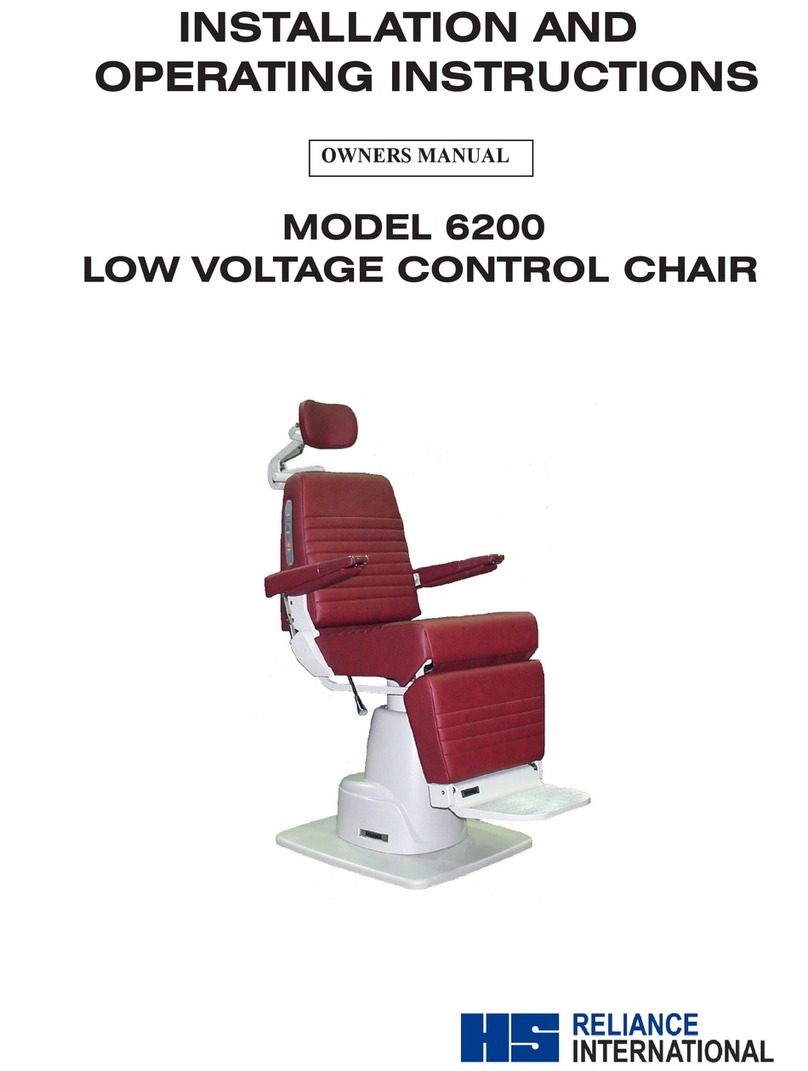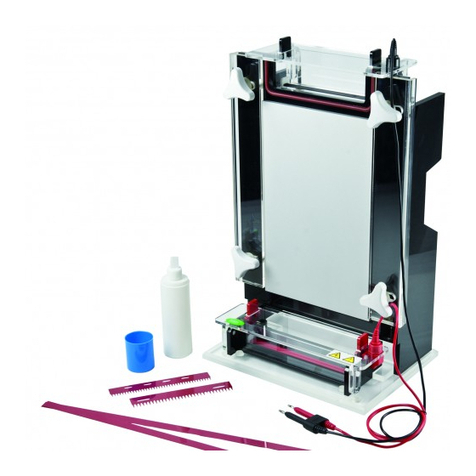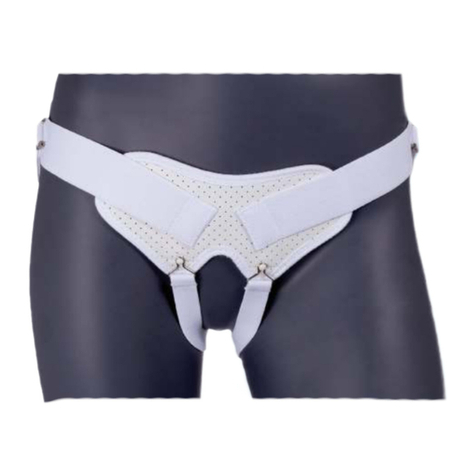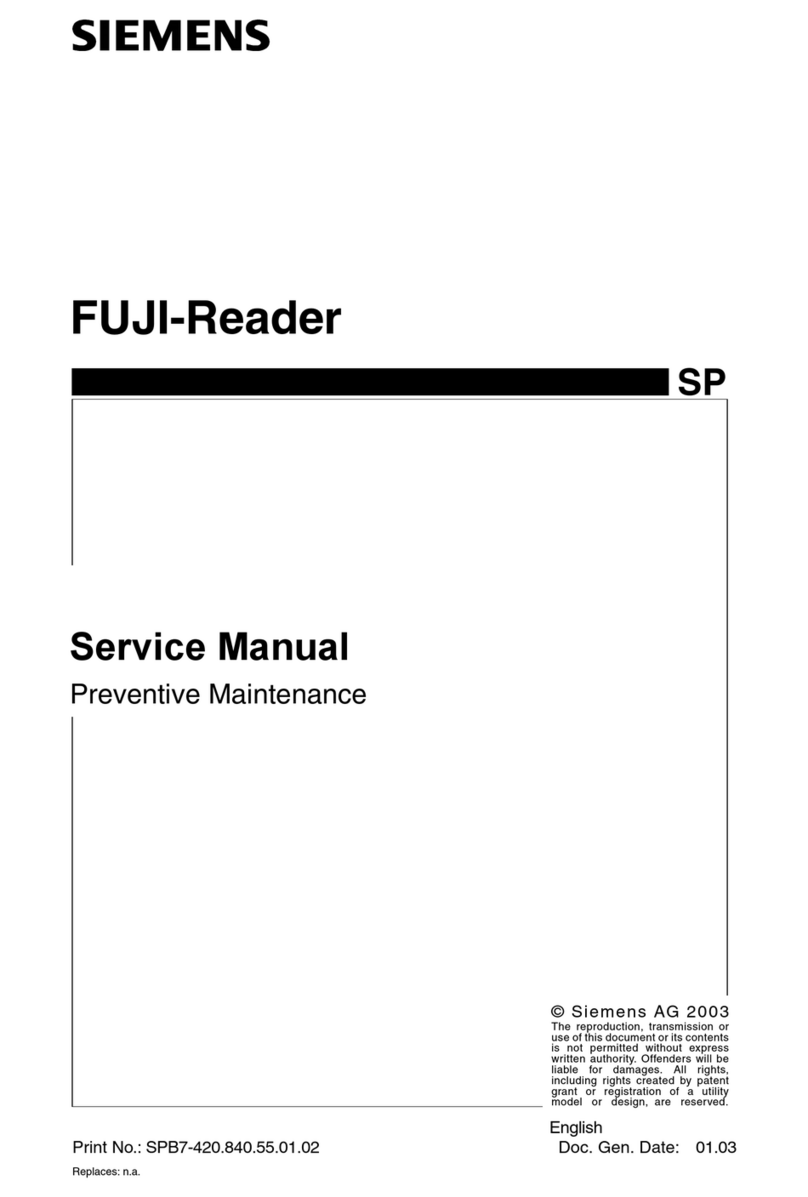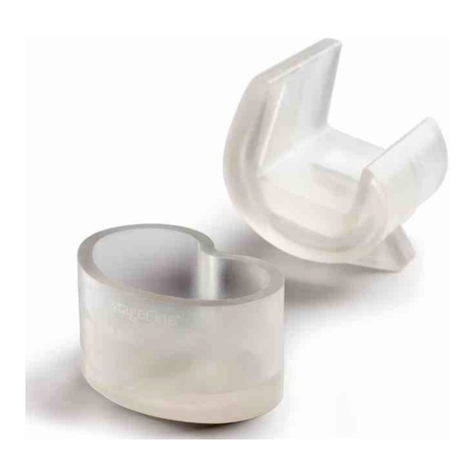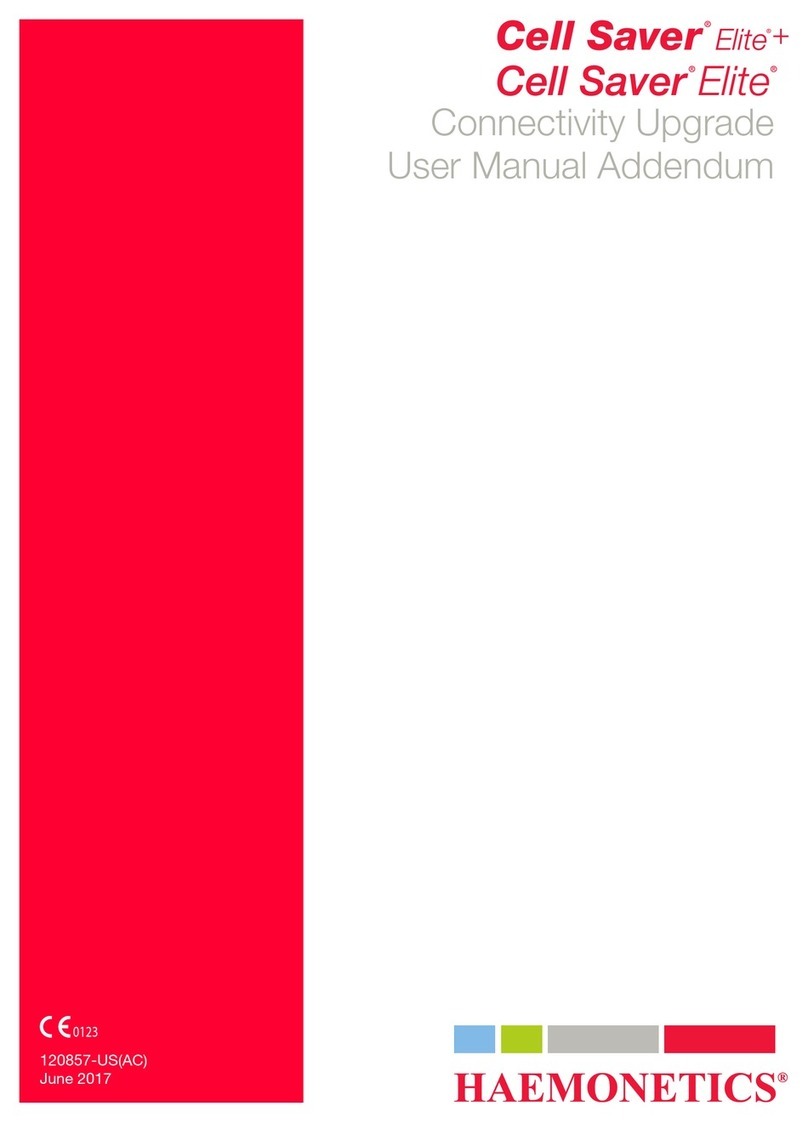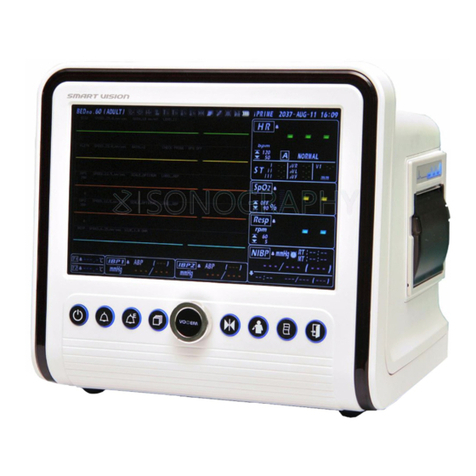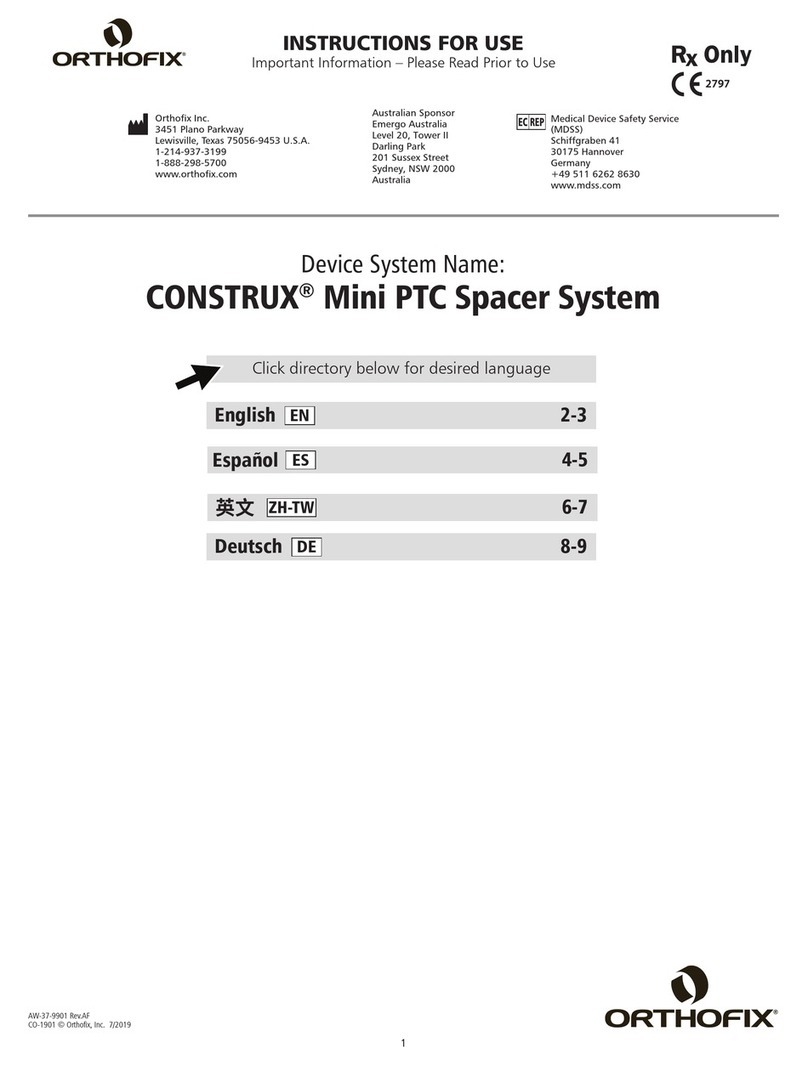
Page 3of 7
SAFETY PRECAUTION
WHEN USED CORRECTLY, THESE UNITS POSE NO HEALTH RISK. HOWEVER, THESE UNITS CAN DELIVER
DANGEROUS LEVELS OF ELECTRICITY AND ARE TO
BE OPERATED ONLY BY QUALIFIED PERSONNEL FOLLOWING THE GUIDELINES LAID OUT IN THIS
INSTRUCTION MANUAL.
ANYONE INTENDING TO USE THIS EQUIPMENT SHOULD READ THE COMPLETE MANUAL THOROUGHLY.
THE UNIT MUST NEVER BE USED WITHOUT THE SAFETY LID CORRECTLY IN POSITION.
THE UNIT SHOULD NOT BE USED IF THERE IS ANY SIGN OF DAMAGE TO THE EXTERNAL TANK OR LID.
MAINTENANCE
Cleaning Units
Units are best cleaned using warm water and a mild detergent. Water at temperatures above 60°C can
cause damage to the unit and components.
The tank should be thoroughly rinsed with warm water or distilled water to prevent buildup of salts, but
care should be taken not to damage the enclosed electrode and vigorous cleaning is not necessary or
advised.
Air drying is preferably before use.
The units should only be cleaned with the following:
Warm water with a mild concentration of soap or other mild detergent. Compatible detergents include
dishwashing liquid, Hexane and Aliphatic hydrocarbons.
The units should not be left in detergents for more than 30 minutes.
The unit should never come into contact with the following cleaning agents, these will cause irreversible
and accumulative damage.
Acetone, Phenol, Chloroform, Carbon tetrachloride, Methanol, Ethanol, Isopropyl alcohol.
Rnase Decontamination
Clean the units with a mild detergent as described above. Wash with 3% hydrogen peroxide (H2O2) for
10 minutes. Rinsed with 0.1% DEPC (diethyl pyrocarbonate) treated distilled water.
Caution: DEPC is a suspected carcinogen. Always take the necessary precautions when using.
RNaseOUT™ (G-Biosciences) can also be used. Please consult the instructions for use with acrylic gel
tanks.






